The Beauty Foods a Nutritionist Says to Always Have on Your Plate for Healthier Skin
When you really start to look for ingredients that double as MVPs for a moisturizer or serum, your head will start spinning. There's fruit-spiked skin care, omegas 3, 6, and 9, practically all of the vitamins of the alphabet—and I can keep going, but I'll spare you. It can lead to the question: Can't you double down and eat skin-boosting ingredients out there in addition to applying them topically?
"The most popular natural skin-care ingredients include hyaluronic acid, vitamin A, vitamin C, collagen, omega-3 fats, CoQ10, reserveratrol, green tea extract, and alpha lipoic acid," says Naomi Whittel, founder of OMI Skin Nutrition and author of Glow15. "You'll often find these as active ingredients and antioxidants in skin-care products, but you can also gain benefit by getting them directly from food."
That said, it won't be exactly like feeding yourself a double dose of a beauty product. "When you eat the foods that contain the specific nutrient, the nutrients will be distributed around your body," she says. That means you might only get a little bit designated to your glow, unlike when you apply the ingredient topically, which absorbs directly into the skin. With that said, here's how to eat the buzziest skin-care ingredients, and how it might compare to slathering it onto your face.
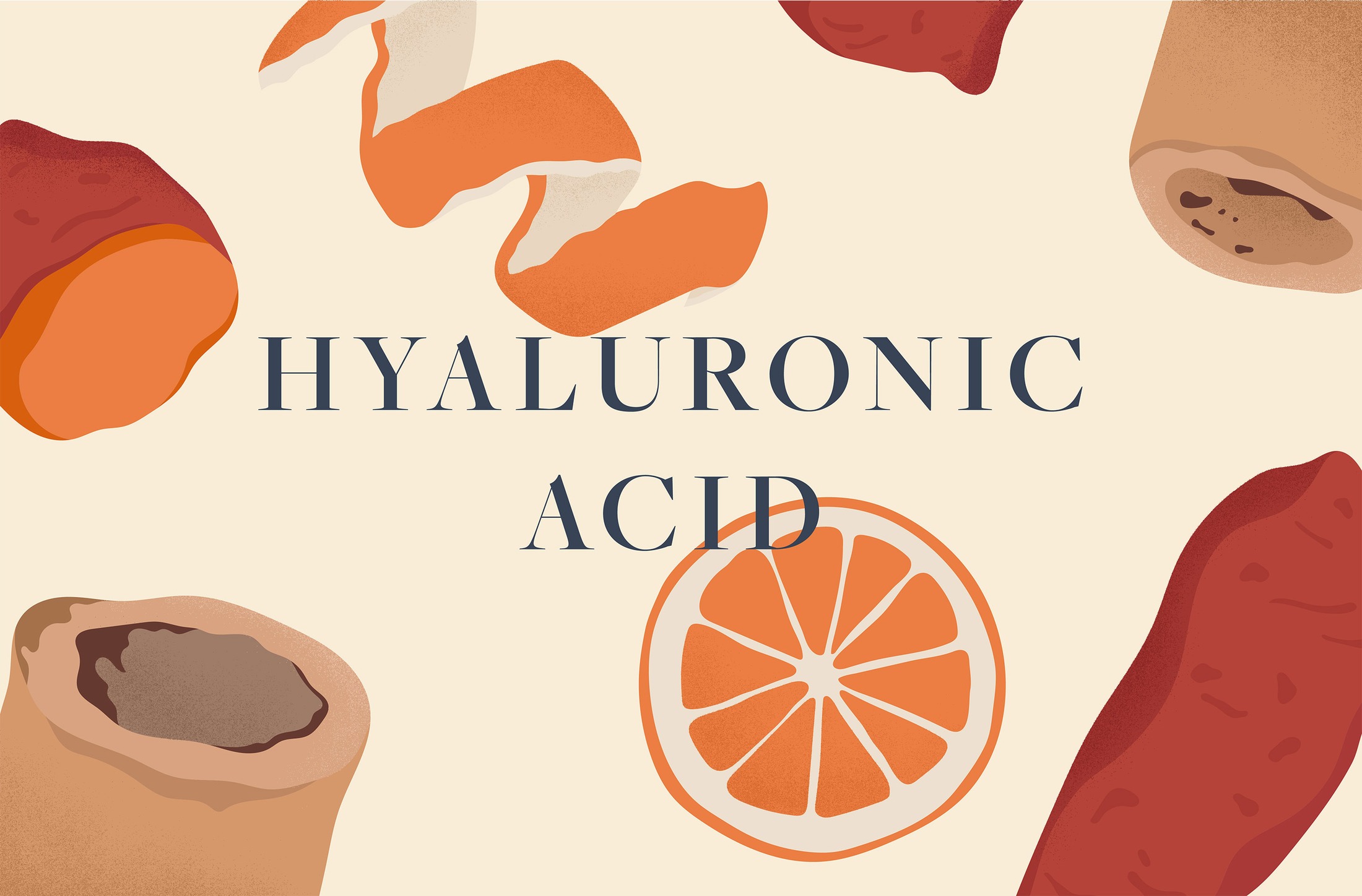
Hyaluronic acid
It's the OG, queen Bee as far as hydrating beauty ingredients go—and you can eat it, too. "This is an ingredient we lose in [in our bodies] as we age," says Jolene Hart, CHC, AADP, certified beauty and health coach and author of Eat Pretty. "It's known for its super ability to retain moisture. Topically it'll plump and hydrate the skin." When you eat it, though, the hyaluronic acid gives your body the building blocks to produce it naturally—which "makes a notable improvement in skin moisture," she says and studies have proven (it'll also benefit your joints and connective tissue along with your skin).
What to eat: Bone broth, according to both Hart and Whittel. "Other foods include leafy greens, starchy fibers, and citrus, which can help your body produce hyaluronic acid and prevent its breakdown," says Hart. Whittel also says you can nosh on white and sweet potatoes and organic tofu.
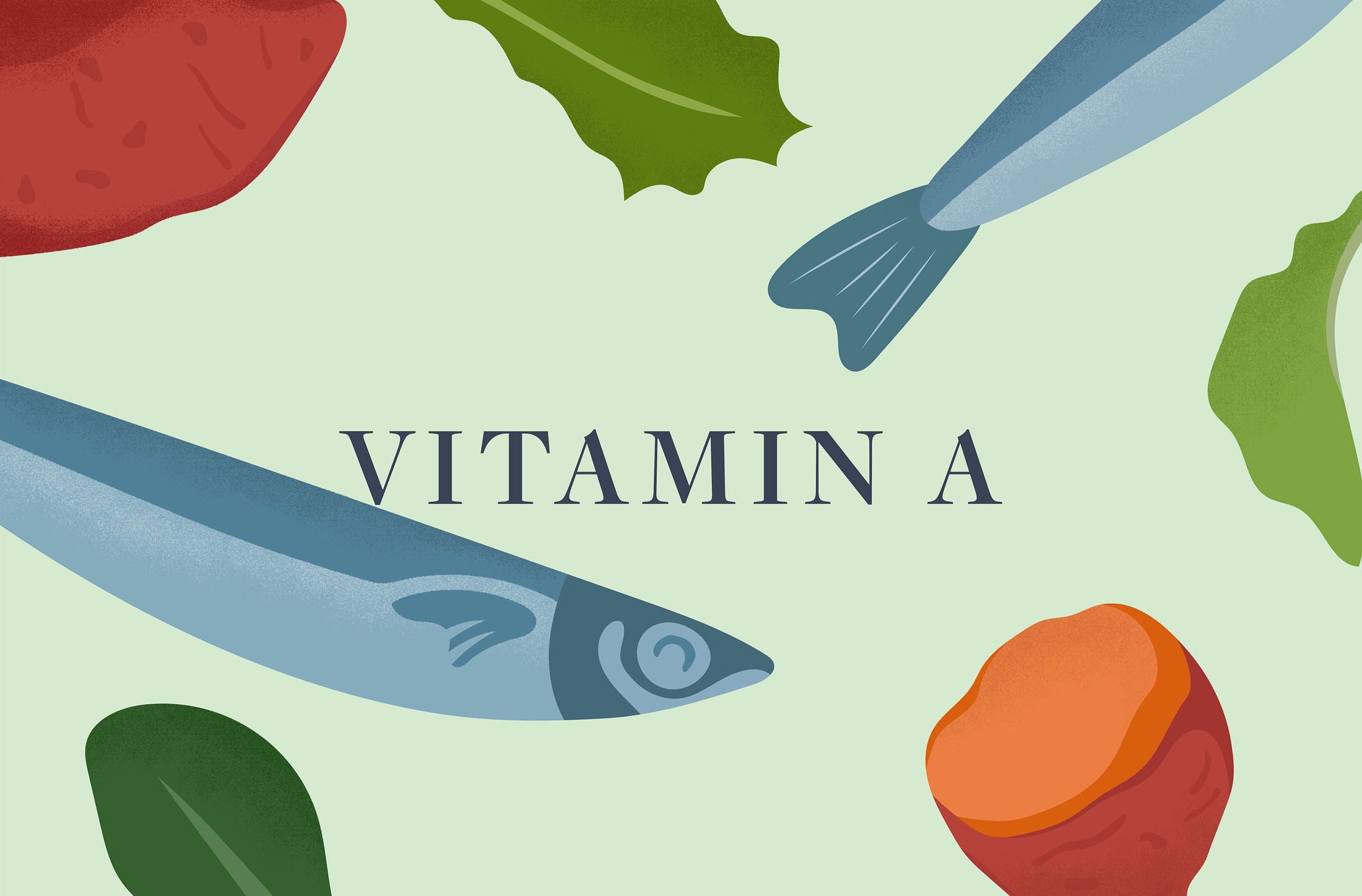
Vitamin A
On a beauty product label, vitamin A is usually being tapped as some sort of retinol, which is a vitamin A derivative. "Retinoids have been considered the gold standard of topical anti-aging skin care for years," says Hart. Ingesting vitamin A isn't the same thing as slathering on a retinoid, but you'll still see a glow up. "With ample amounts of this nutrient in your diet, you'll notice smoother, more radiant skin," she adds. This is especially the case when you're getting beta carotene, which produces ample amounts of vitamin A.

{{post.sponsorText}}
What to eat: Hart recommends leafy greens, sweet potatoes, carrots, and butternut squash for beta carotene, and pasteurized eggs, grass-fed meats, and fish as sources for vitamin A. "Vitamin A is fat-soluble, so eat these foods with a healthy fat for better nutrient absorption," she says. Whittel adds that liver and cod liver oil are good sources, too.
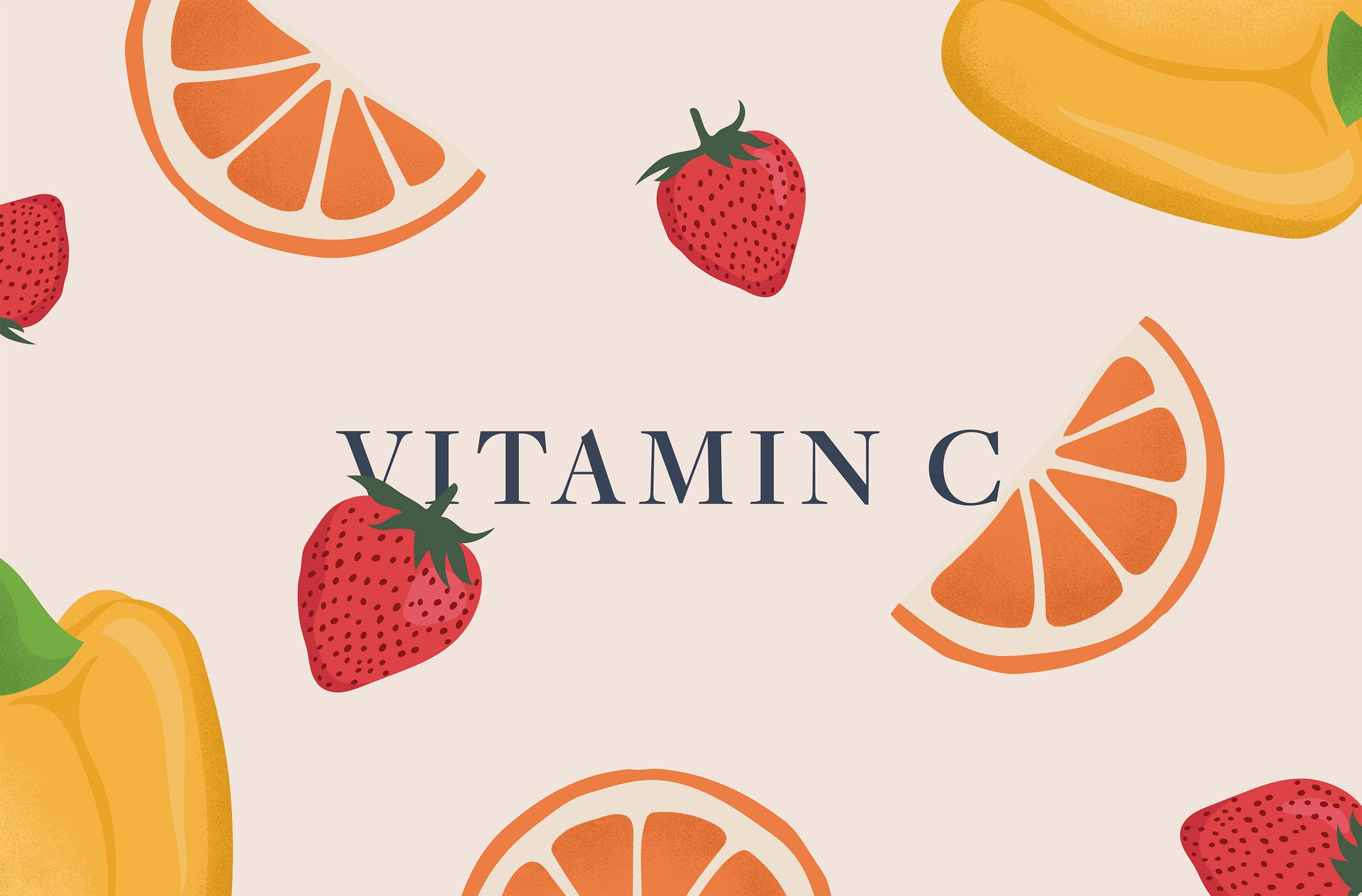
Vitamin C
The most popular vitamin we've been told to load up on since we were children with a cold—vitamin C—is all the rage in skin care, too. Topically, vitamin C brightens, fights free radical damage, and helps with your skin's collagen and elastin production. Eating it also gives your body the antioxidant benefit of fighting free radical damage, says Hart. "When you ingest it, vitamin C helps your body produce collagen, it's anti-inflammatory, boosts immunity, and helps you absorb iron from your diet—all key for beauty from the inside," she says.
What to eat: A lot of fruits give you a solid dose of vitamin C—Whittel says to eat a range of citrus fruits, bell peppers, broccoli, cherries, kiwi, brussel sprouts, lychee, persimmons, and spinach. And plenty of berries.
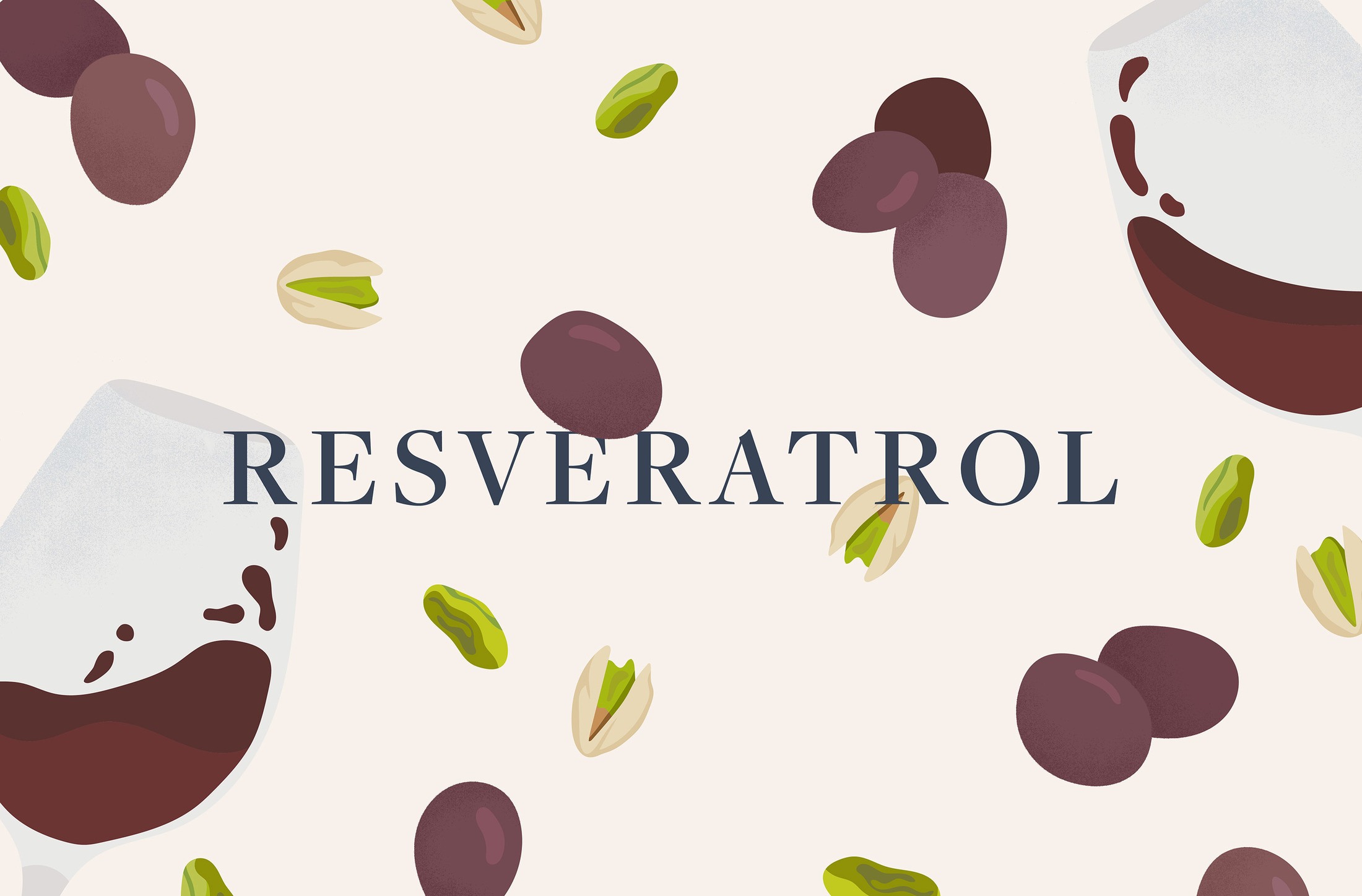
Resveratrol
Resveratrol is an antioxidant with superpowers for the skin that comes from seeds of berries and grapes. When you use it in skin-care products, it "protects skin from damage by neutralizing free radicals and preventing damage from UV exposure," says Hart, adding that it can also help brighten your skin. In your diet, it's a powerful polyphenol. "It's absorbed well, but known to be metabolized and eliminated quickly," she says. "Research shows it activates a longevity system called sirtuin one that can possibly slow the effects of aging, it's anti-inflammatory, and protects against oxidative stress in the body."
What to eat: "Red wine, red grapes, peanuts, pistachios, cacao, strawberries, blueberries, and cranberries are good sources," says Whittel.
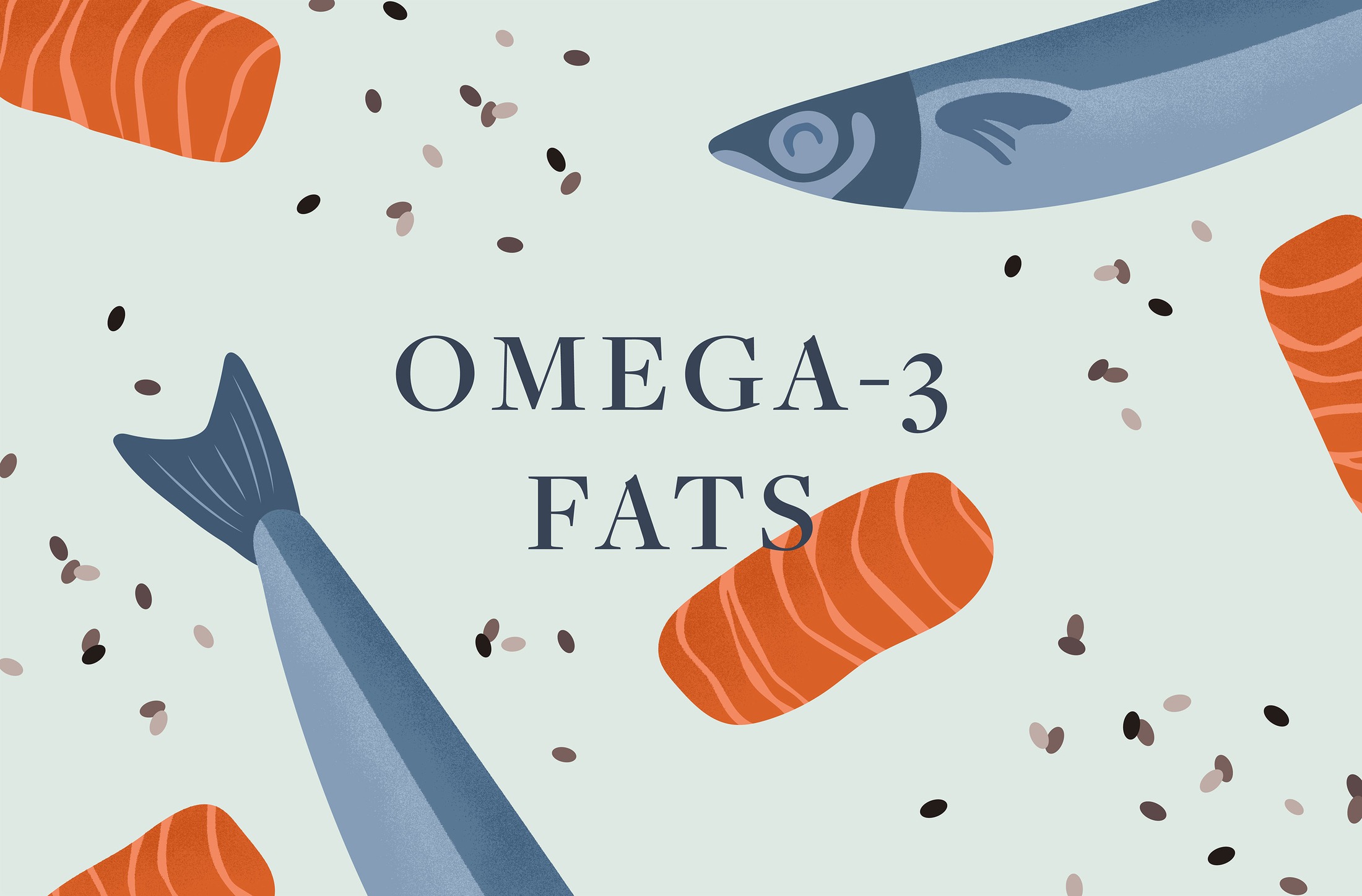
Omega-3 fats
Of course, how could we forget the category that includes... avocados?! Eating these fats is a really good (delicious) thing. For your skin, internally, omega-3 fats "help create a strong lipid barrier on skin cells that locks in skin moisture and increases skin hydration over time," says Hart. And they're inflammation fighters, which benefits your entire body from the inside-out. Their moisturizing, repairing properties are precisely why avocados and other omega-3s are popping into beauty products—applying them to the surface of your skin locks in moisture and improves your skin barrier function, according to Hart. Eating them also helps, and is obvs delish.
What to eat: This is where healthy fish come in—Whittel recommends wild salmon, mackerel, sardines, and other small, cold water fish. You can also load up on flax and chia seeds, algae, and cod liver oil for the skin-body perks.
Read more about the skin-microbiome connection, which is a key relationship within your body. And this is how spicy food impacts your skin (sorry hot sauce fans).
Loading More Posts...